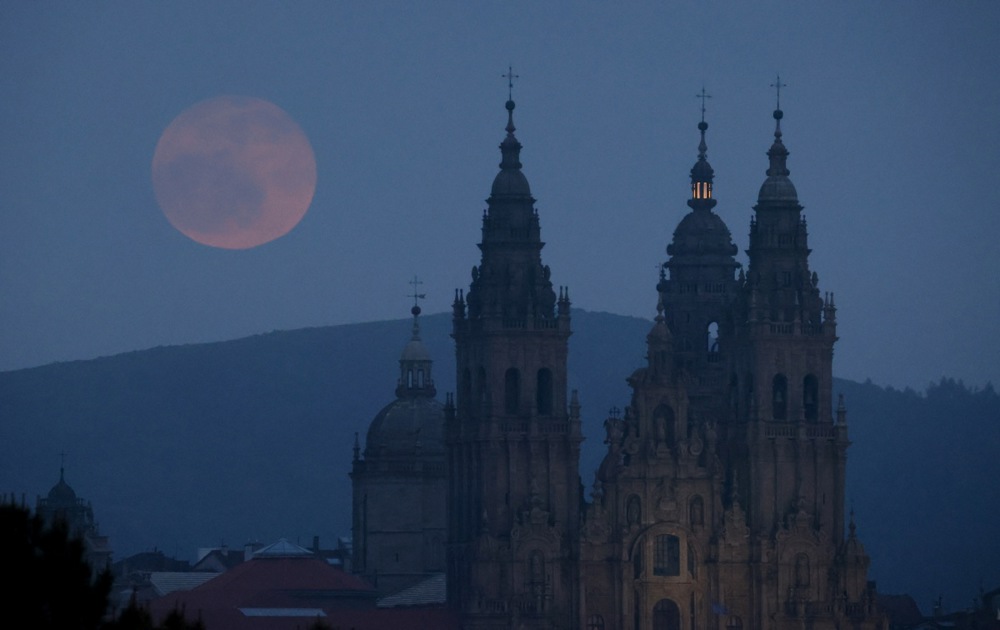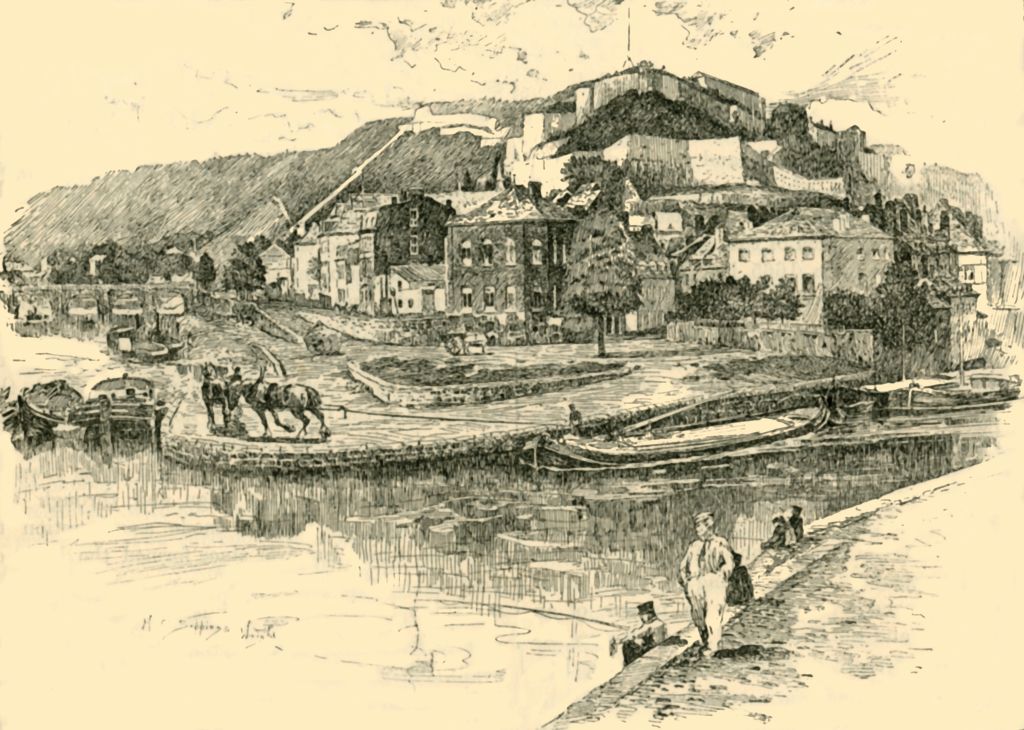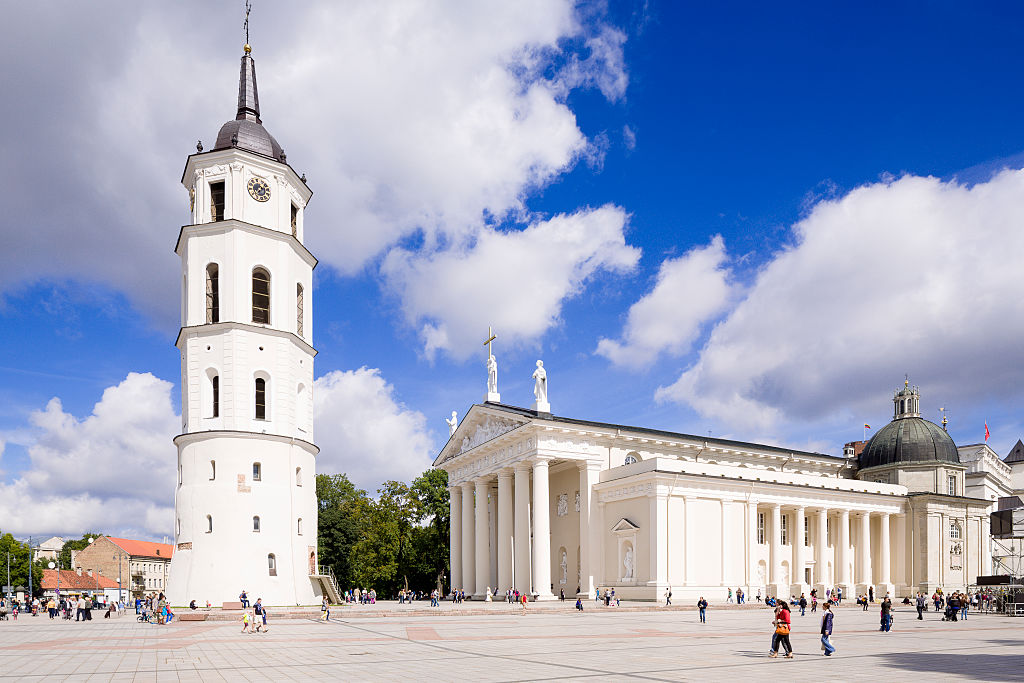Few people appreciate just how enormous Greece’s network of islands is.
There are literally thousands of islands and islets stretching throughout the Aegean, Ionian and Mediterranean seas that surround Greece and its island satellites, of which more than 200 are inhabited.
This vast realm of often tiny terra firma holding out amid the waves remains the same treasure trove of exploration it was back in ancient days, when Homer wrote the famous story about Odysseus trying to return home from the Trojan war.
“The islands are the main characteristic of Greece’s morphology and an integral part of the country’s culture across the ages,” says the official website of the Greek National Tourism Organisation.
Along with the Greek mainland’s coastline, this reservoir of islands “offers a diverse landscape: beaches stretching over many kilometres, sheltered bays and coves, sandy beaches, sand-dunes, pebble beaches, wetlands and deltas, caves formed by seawater and dark-coloured sand in volcanic areas”.
The Argosaronic island group dotted around the Peloponnese’s east shoreline and amid the Argolic and Saronic Gulf waters is a popular destinations for Greek tourists due to the islands close proximity to Athens.
As a result, these beautiful islands are busy on public holidays and at weekends. They are best visited “out of season and midweek, when visitors (and prices) fall dramatically and the port towns return to a quieter, more provincial pace”, notes Rough Guides.
Amid the beauty and beaches, the islands also offer hiking opportunities, local festivals to experience, ancient temples and gems like the town of Ýdhra on the same-named island.
“One of the most atmospheric destinations in Greece, [Ýdhra] feels like a Greek island should, entirely traffic-free (even bicycles are banned) with a bustling harbour and narrow stone streets climbing steeply above it,” says Rough Guides.
The Cyclades is the best-known island group, including “some of the most beautiful islands in the world!”, claims the Greek National Tourism Organisation.
Alongside the gorgeous sandy beaches you’d expect, these islands are characterised by architecture distinctively painted white and blue, and by “traditional lifestyle, folk music, warm, hospitable people and barren landscapes with isolated chapels”.
Crete is the largest island, famed for its “remnants of brilliant civilizations”, the most famous being the Minoan era—associated in Greek mythology with King Minos, his labyrinth, and terrible Minotaur — literally “the bull of Minos”. Minoa is often regarded as the first civilization in Europe.
The island is characterised by dramatic landscapes, with “impressive mountainscapes, fertile valleys and steep gorges”, alongside the ubiquitous “glorious beaches”.
The main dilemma for the traveller, when it comes to exploring and discovering how the sea, Greece, and island-hopping are all inextricably bound up with each other, is that the scale of delightful options provided by this ancient sea-faring nation’s wealth of islands is close to overwhelming.
But, like Odysseus, decide you must, and chart a course to take among Greece’s myriad islands.





